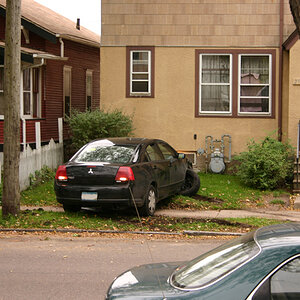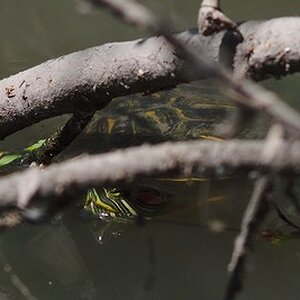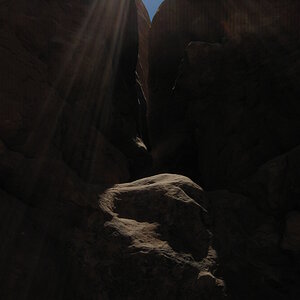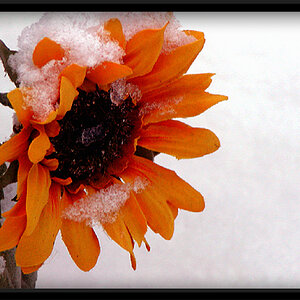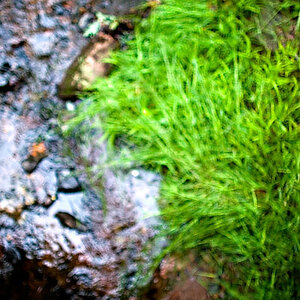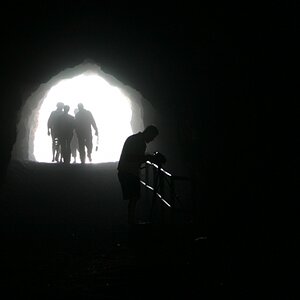UjaiDidida
TPF Noob!
- Joined
- Feb 1, 2015
- Messages
- 41
- Reaction score
- 3
- Can others edit my Photos
- Photos OK to edit
Hi there the people of TPF.
Today I just had some night shots and apparently the quality doesn't really satisfy me. The image produced are noisy even at ISO100 especially the one at EV=0. Is this the only quality that I can get with this camera? Do I need to find a better slr to get a really smooth and clear image?
Sorry because I wasn't able to upload it here. Uploaded on flickr instead. All images were shot at ISO100 f4.5, EV0 = 4" ; Zoom the photos to see the noises:
EV0 Flickr - Photo Sharing
EV-2 Flickr - Photo Sharing
EV 2 Flickr - Photo Sharing
This is the HDR produced from the noisy shots. Look like the colour of the sky being compressed:
HDR from noisy shots Flickr - Photo Sharing
How I wish I can get a clear image like this guy did...
4 Towers Flickr - Photo Sharing
Today I just had some night shots and apparently the quality doesn't really satisfy me. The image produced are noisy even at ISO100 especially the one at EV=0. Is this the only quality that I can get with this camera? Do I need to find a better slr to get a really smooth and clear image?
Sorry because I wasn't able to upload it here. Uploaded on flickr instead. All images were shot at ISO100 f4.5, EV0 = 4" ; Zoom the photos to see the noises:
EV0 Flickr - Photo Sharing
EV-2 Flickr - Photo Sharing
EV 2 Flickr - Photo Sharing
This is the HDR produced from the noisy shots. Look like the colour of the sky being compressed:
HDR from noisy shots Flickr - Photo Sharing
How I wish I can get a clear image like this guy did...
4 Towers Flickr - Photo Sharing


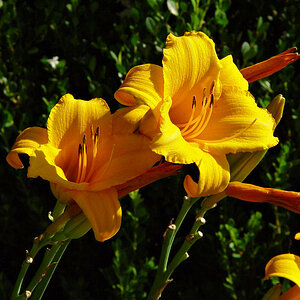
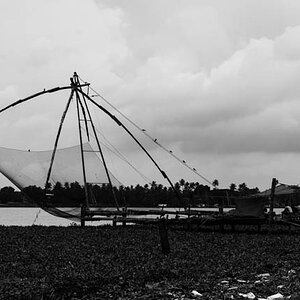
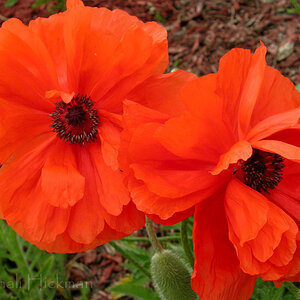
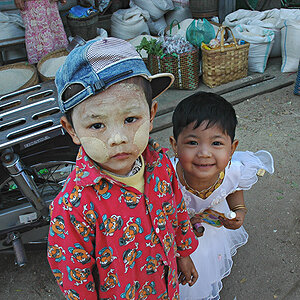
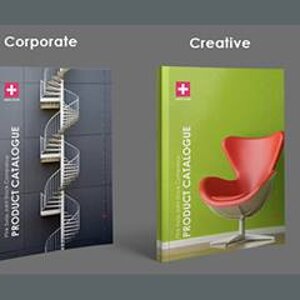
![[No title]](/data/xfmg/thumbnail/32/32984-d9969dc997f82365b4d1f097cb5838c3.jpg?1619735814)
